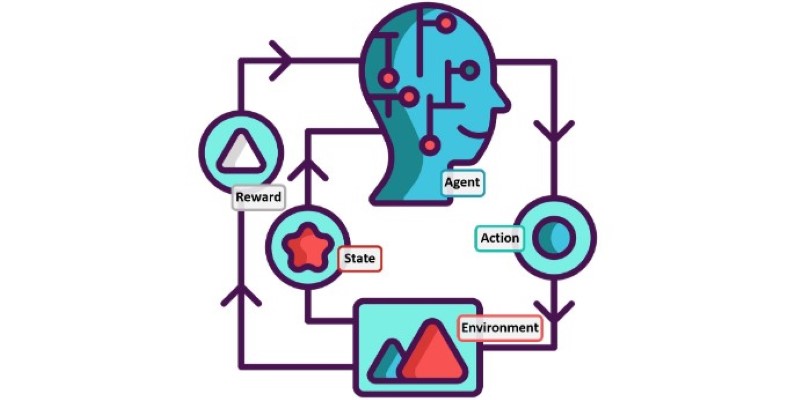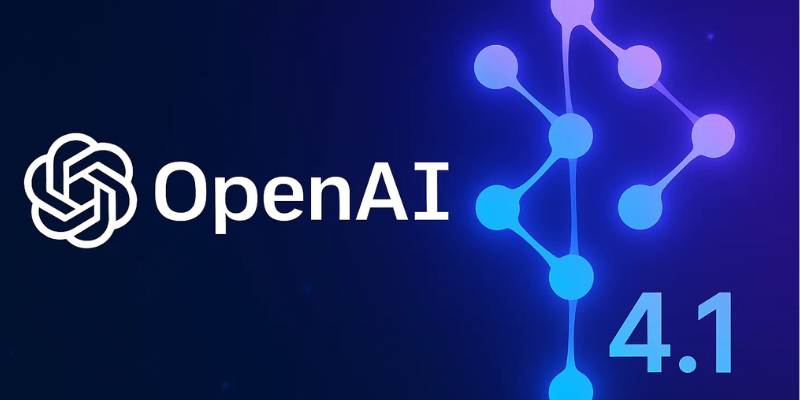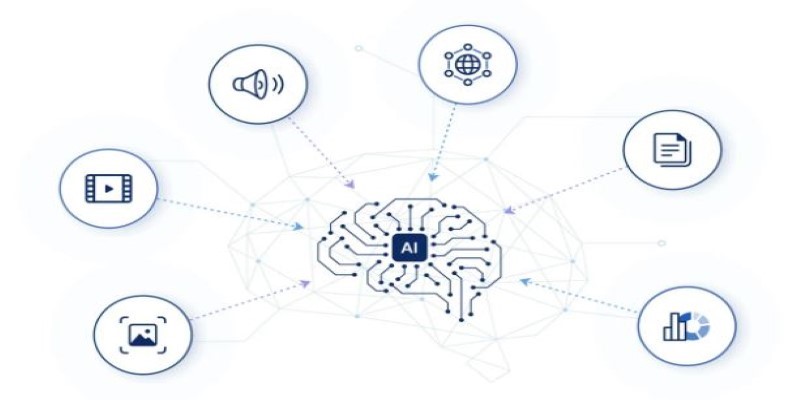Advertisement
Banks are under more pressure than ever before. Hazards are increasing, regulations are becoming stricter, and budgets are limited. From cybercrime to money laundering, threats are on the rise, and regulations aimed at combating them are becoming increasingly stringent. Many banks are also being instructed to reduce costs and operate more efficiently with fewer resources. Compliance teams are under pressure, still relying on outdated, inefficient tools. The traditional approach no longer works.
Staying compliant in these rapidly changing and perilous circumstances is more crucial than ever, but also more challenging. Today, invention is not only essential but also useful. This article examines how banks can utilize stress to improve their operations by adjusting their perspective on compliance before it is too late.

Bank compliance teams today must handle complex and rapidly changing regulations. New regulations addressing AML, cybersecurity, data privacy, and environmental concerns are constantly emerging. Every new regulation adds additional responsibilities, hence complicating the work of compliance teams. Regulators nowadays demand real-time data, immediate results, and evidence that action was initiated on time.
Manual systems cannot satisfy those demands. Currently, banks are under financial strain. Leaders are striving to reduce overall expenses, and operational margins are becoming narrower. Now expected to do more with less, compliance leaders must ensure that all rules are followed while also managing risks, audits, and maintaining consumer trust. Old tools, such as spreadsheets and non-connected platforms, no longer operate quickly or accurately enough.
Many banks still rely on outdated compliance systems that fail to meet current regulatory requirements. These legacy systems are slow most of the time, require considerable manual effort, and are prone to errors. Their difficulty in interacting with other teams hinders overall visibility in the organization and slows down risk response. Investigating a compliance problem may take days instead of minutes; reporting to authorities typically involves manually compiling a substantial amount of data, which can be quite tedious.
It not only increases the risk of human error but also slows banks’ response time in critical situations. These systems also require extra staff hours to operate, thereby increasing their long-term cost. These outdated systems struggle to scale when banks expand or must comply with various regulations, thereby increasing complexity rather than simplicity. People who are engaged today expect more. They desire speed, precision, and clarity in everything. If banks continue to use outdated methods to ensure compliance, they will likely lag in terms of public trust and performance.

Innovation in bank compliance isn’t just a goal for the future; it’s the best way to do things right now. Banks can better and more efficiently handle compliance demands by utilizing modern tools such as artificial intelligence (AI), automation, and real-time data analysis. AI can quickly scan thousands of transactions and find suspicious activity that would take people hours or days to find. Automation can handle policy changes, alert systems, and paperwork accurately and efficiently, minimizing errors.
Smart dashboards display compliance teams’ risk exposure in real-time, making it easier to act before small problems escalate into significant issues. Transitioning from manual to smart systems streamlines work, enabling staff to focus on strategy and informed decision-making. Reporting also gets faster and more accurate, which builds trust with regulators and other interested parties. When innovation is utilized effectively, compliance shifts from being a costly burden to a source of operational strength and a competitive edge.
Data plays a crucial role in making bank compliance innovative and effective. Banks collect a vast amount of data every day, including transaction records, customer records, regulatory reports, and data from their internal systems. However, this data isn’t being utilized to its full potential and is dispersed. Modern compliance platforms can now analyze this data in real-time, providing a wealth of information about potential risks and emerging patterns. These systems send out alerts when something unusual occurs, which helps teams prevent fraud, money laundering, or risky behavior before it escalates.
Data also makes reporting stronger. Banks can now generate full and accurate reports immediately, rather than having to gather information manually. That makes it easier for regulators to respond and promotes transparency. Good data management also facilitates audits by making records and proof of compliance easily accessible. Additionally, it enables banks to reflect on past mistakes and develop plans for the future. When you combine smart technology with raw data, it becomes a powerful tool for making informed decisions and devising innovative ways to follow the rules.
Automation and AI are transforming how banks approach compliance. These technologies enable faster processes, reduce the likelihood of human error, and facilitate more informed decisions. AI systems learn from past actions and use that information to identify and warn about risks early on. They can review customer transactions, identify unusual patterns, and notify teams promptly—tasks that would take human analysts hours to accomplish. AI verifies identities, documents, and backgrounds quickly and accurately during Know Your Customer (KYC) processes.
On the other hand, automation handles tasks that need to be performed repeatedly, such as sending alerts, updating policies, and monitoring changes to rules and regulations. It gives staff more time to work on big-picture issues instead of day-to-day tasks. AI and automation work together to make things faster and more accurate, while reducing the need for large compliance teams. It makes compliance more affordable and efficient.
Banks can no longer rely on outdated systems and manual processes to remain compliant. Innovation is necessary, not optional, because risks are increasing, regulations are becoming stricter, and costs are rising. AI, automation, and real-time data are among the tools that can help banks stay ahead, reduce errors, and save money. They also speed up reporting, simplify audits, and support better decision-making. Innovation transforms compliance from a challenge into a means of staying ahead of the competition. Banks that are open to change will earn people’s trust, work more efficiently, and avoid costly mistakes.
Advertisement

Discover how AI reshapes contact centers through automation, omnichannel support, and real-time analytics for better experiences

Discover the best Business Intelligence tools to use in 2025 for smarter insights and faster decision-making. Explore features, ease of use, and real-time data solutions

How Toyota is developing AI-powered smart factory tools in partnership with technology leaders to transform production efficiency, quality, and sustainability across its plants

Confused between lazy learning and eager learning? Explore the differences between these two approaches and discover when to use each for optimal performance in machine learning tasks

Discover how the NLP course is evolving into the LLM course, reflecting the growing importance of large language models in AI education and practical applications

Discover powerful yet lesser-known ChatGPT prompts and commands that top professionals use to save time, boost productivity, and deliver expert results

How AI-powered genome engineering is advancing food security, with highlights and key discussions from AWS Summit London on resilient crops and sustainable farming

Explore how generative AI in financial services and other sectors drives growth, efficiency, and smarter decisions worldwide

What happens when Nvidia AI meets autonomous drones? A major leap in precision flight, obstacle detection, and decision-making is underway

Explore the key features, benefits, and top applications of OpenAI's GPT-4.1 in this essential 2025 guide for businesses.

How far can AI go when it comes to problem-solving? Google's new Gemini model steps into the spotlight to handle complex tasks with surprising nuance and range

GenAI helps Telco B2B sales teams cut admin work, boost productivity, personalize outreach, and close more deals with automation